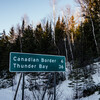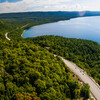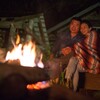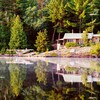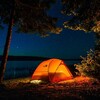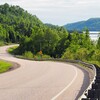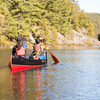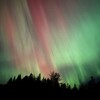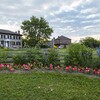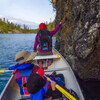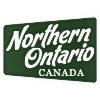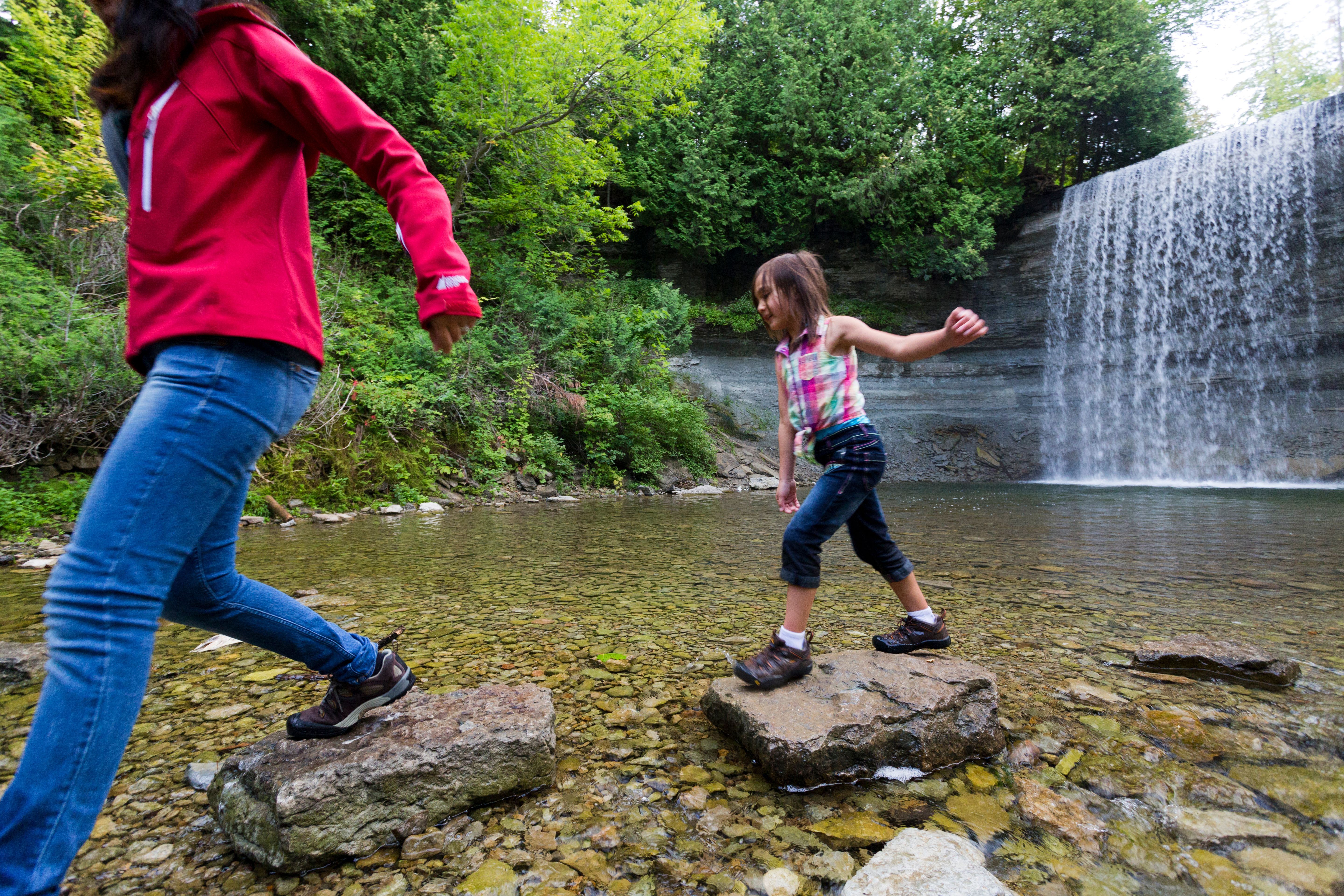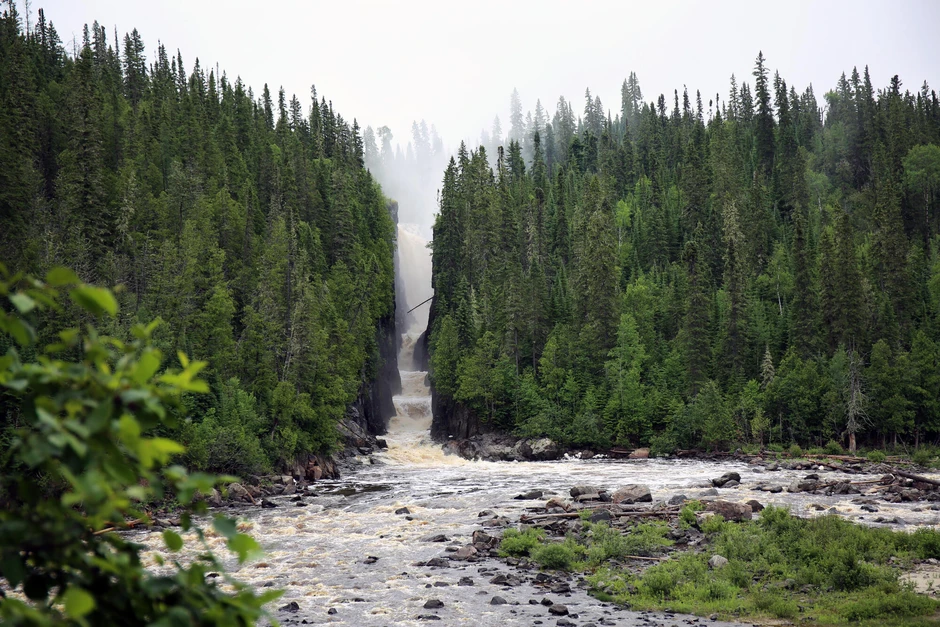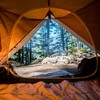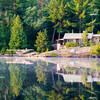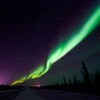
Exploring Northern Ontario: Four Distinct Regions of Adventure and Natural Beauty
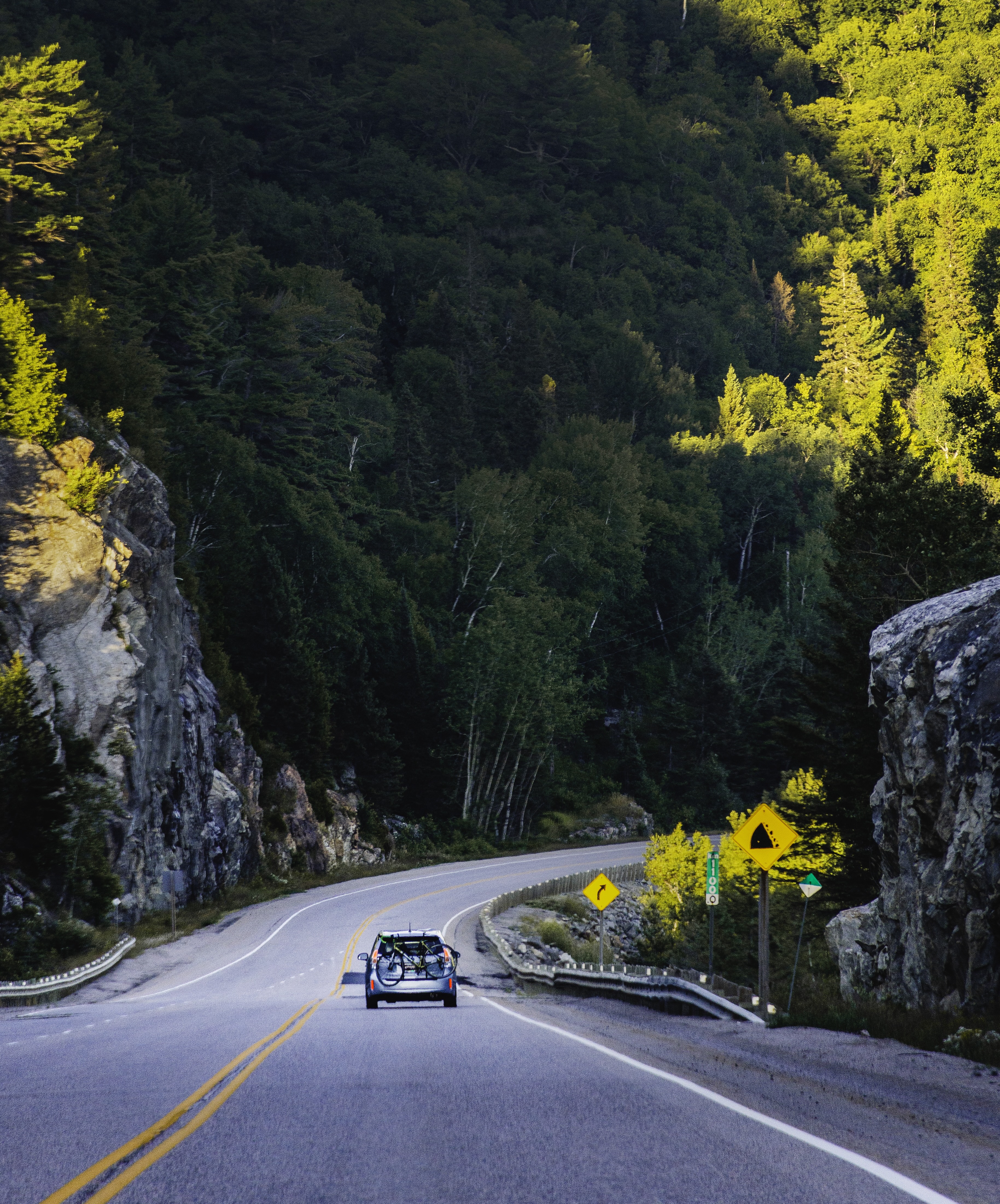
Discovering the Regions of Northern Ontario
Northern Ontario is a vast and diverse region, rich in natural beauty and cultural heritage. This area is divided into four distinct regions: Sunset Country and Superior Country in the Northwest, Algoma Country in the middle, and Northeastern Ontario ("The Seven"). Each region offers unique landscapes, outdoor activities, and cultural experiences, making Northern Ontario a haven for nature lovers and adventure seekers.
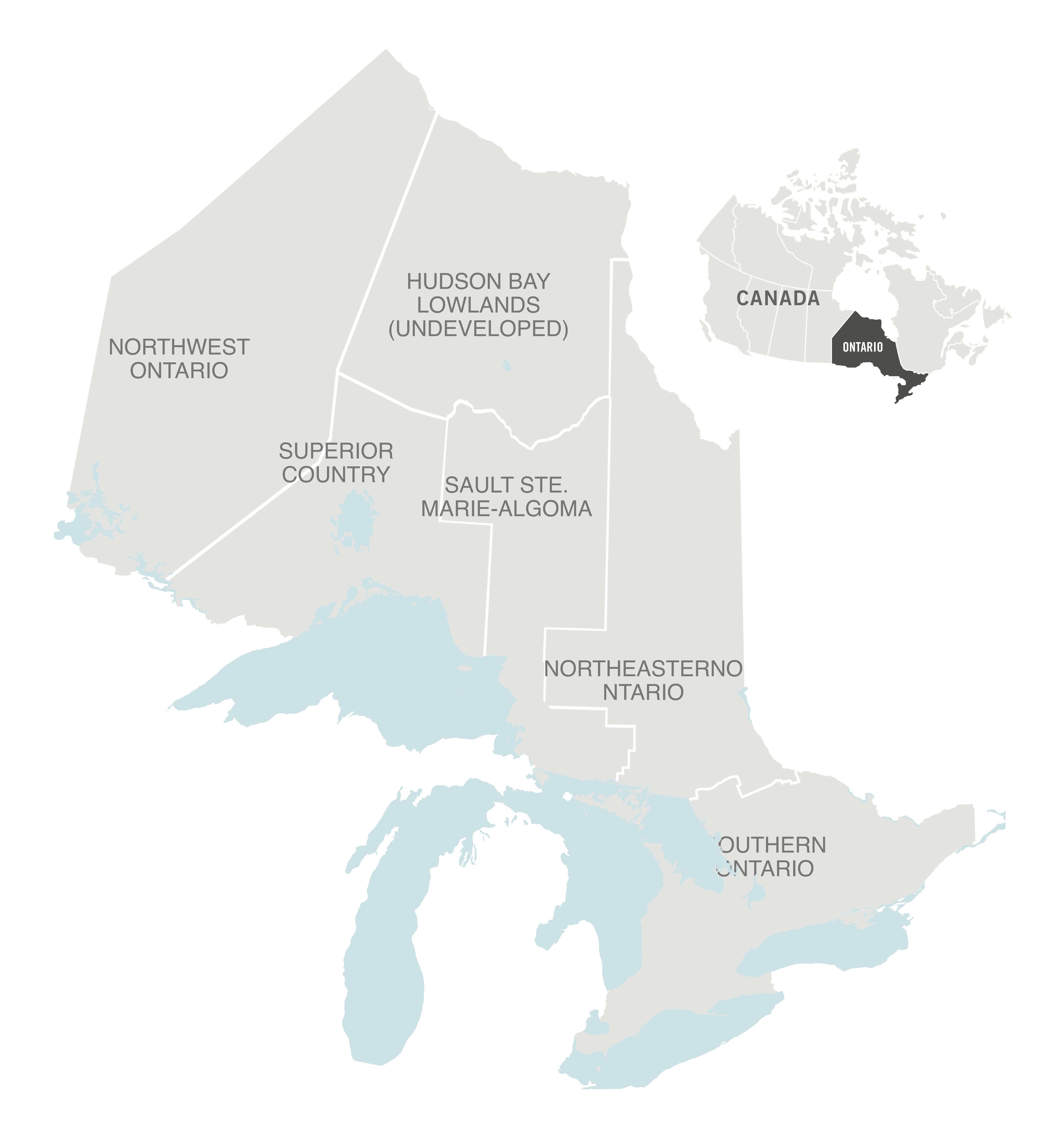
Sunset Country: Northwestern Ontario's Wilderness Gem

Located in Northwestern Ontario, Sunset Country spans from the Manitoba border to Lake Superior. This region is a premier destination for outdoor enthusiasts, with Kenora, Dryden, Fort Frances, and Red Lake serving as key gateways to its lakes, dense forests, and rugged terrain. Known for its excellent fishing opportunities, especially for walleye, pike, and bass, Sunset Country's many lakes and waterways also offer perfect conditions for boating and canoeing. Snowmobiling, ice fishing, and cross-country skiing are major attractions in the winter. Hunting is popular in autumn, especially for moose and deer. Kakabeka Falls is a popular attraction.
Sunset Country's beautiful geography makes it popular among hikers and campers interested in backcountry camping. The region encompasses several key provincial parks, including Quetico Provincial Park, Woodland Caribou Provincial Park, Pakwash Provincial Park, and Rushing River Provincial Park.
Northeastern Ontario: A Blend of Nature and Culture
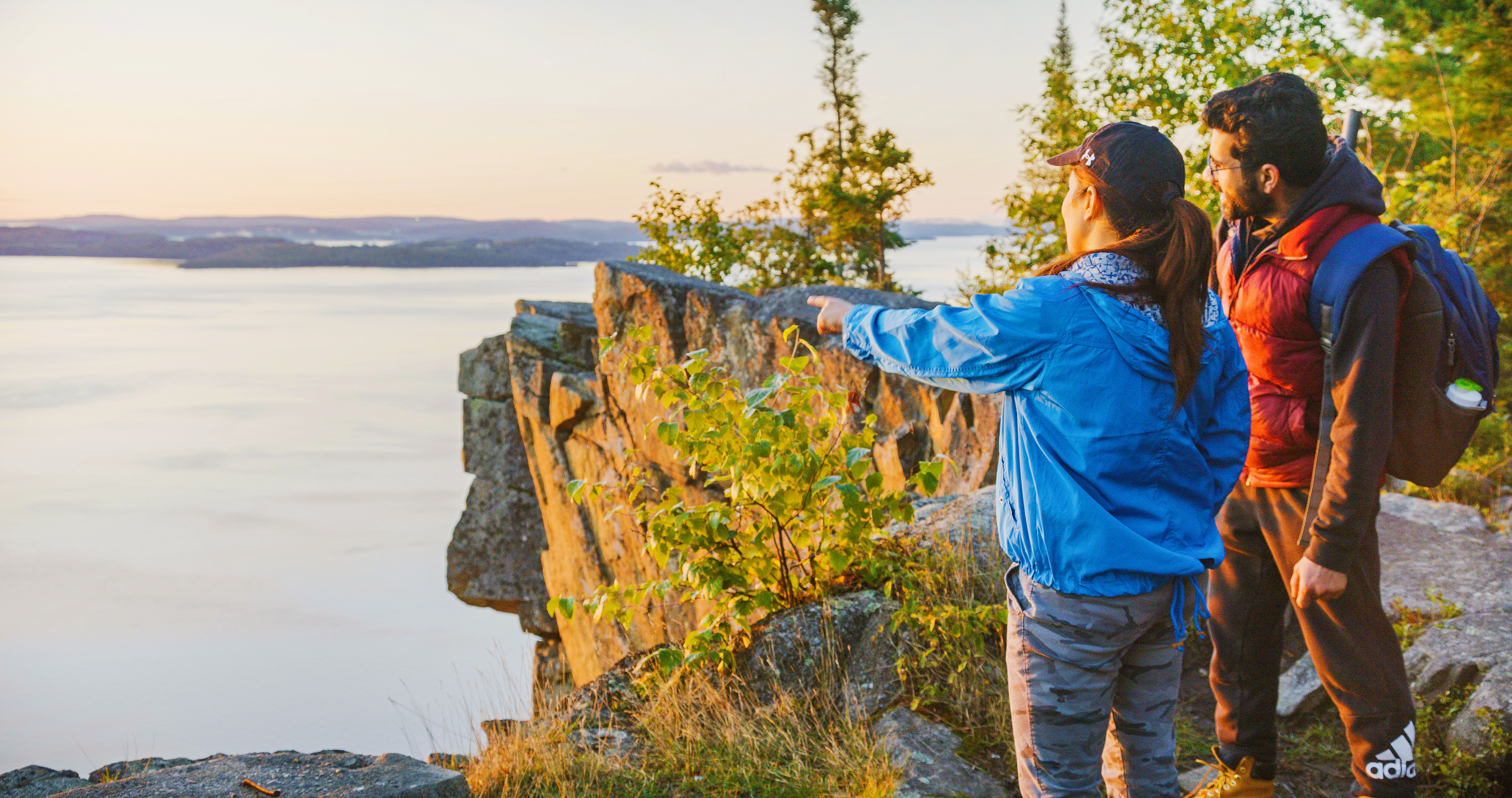
Northeastern Ontario (also known as The Seven) is a vast and diverse region located in the northeastern part of Ontario, Canada. It begins a few hours north of the Greater Toronto Area, and stretches from the shores of Georgian Bay to the shores of James Bay, encompassing the rugged wilderness of the Canadian Shield, endless boreal forests, and the quartzite cliffs of the La Cloche Mountains. Lake Timiskaming and Lake Nipissing are notable lakes in the region, and Manitoulin Island (the world's largest freshwater lake) is perhaps the region's most famous and popular island destination.
The landscape of Northeastern Ontario is characterized by its rugged terrain, with rolling hills, rocky outcrops, and expansive forests. The region's many lakes, rivers and stunning waterfalls not only contribute to its scenic beauty but also support a wide range of outdoor activities, from fishing and boating to canoeing, camping and hiking. ATVing and snowmobiling are also popular activities. Additionally, the area is rich in wildlife, providing excellent opportunities for bird watching, wildlife photography, and nature exploration.
Northeastern Ontario's geography is defined by its rich natural resources, including abundant fresh water, forests, and mineral deposits, making it a significant area for industry as well as recreation. Major cities like Sudbury, Timmins, Cochrane and North Bay act as urban centers, offering unique cultural experiences, arts, festivals and culinary delights and a vibrant craft brewing scene. Sudbury and Timmins are known for their rich mining heritage and outdoor recreational activities. North Bay, known as the Gateway to the North, acts as a key gateway city with a mix of urban amenities and natural attractions.
Algoma Country: Where Art Meets Wilderness
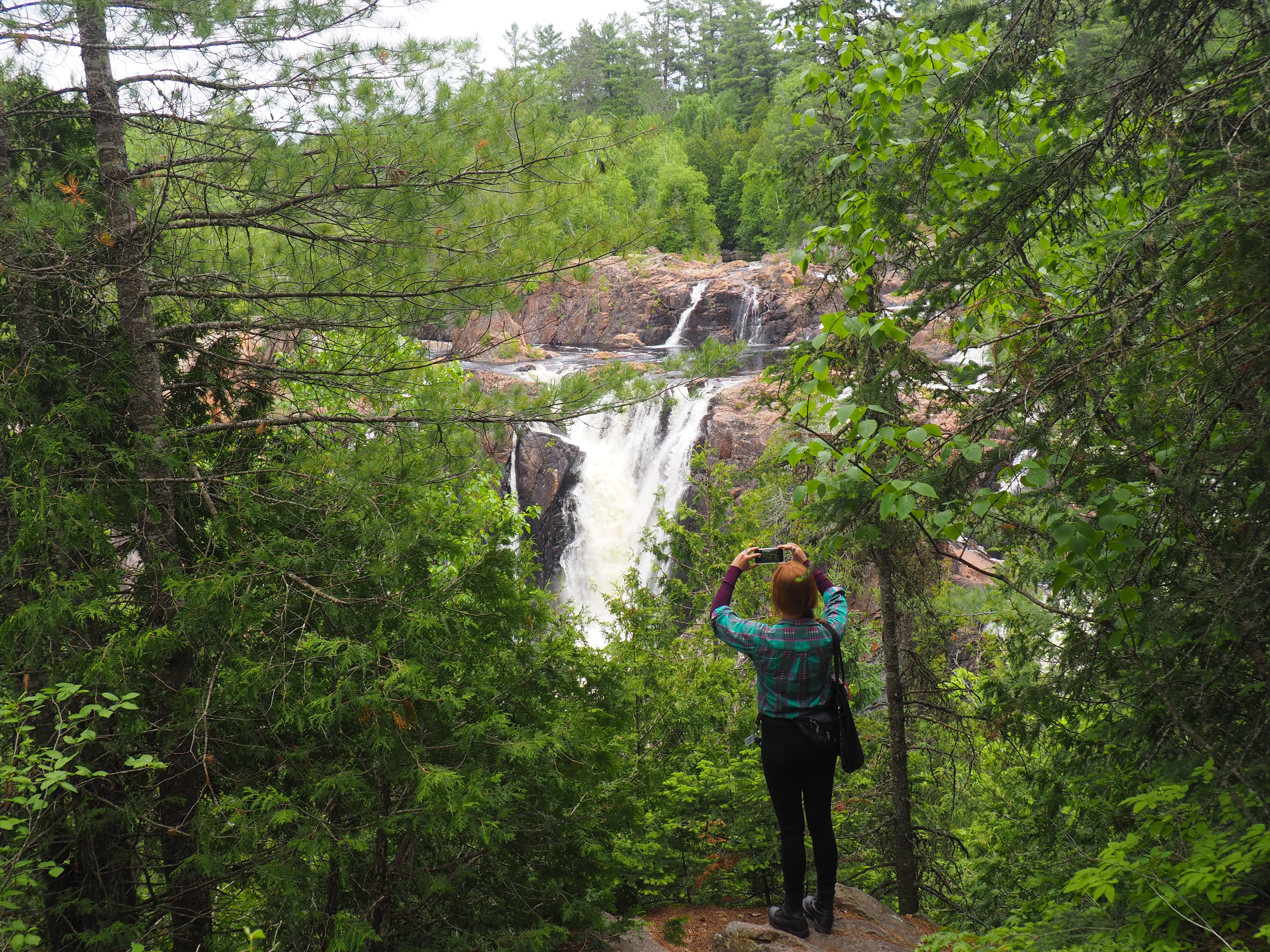
Algoma Country is located along the northeastern shore of Lake Superior. It is famous for inspiring the Group of Seven, a group of Canadian landscape painters, with its dramatic scenery—stunning natural landscapes, including the rugged shoreline of Lake Superior, dense forests, and numerous lakes and rivers. Outdoor activities like fishing, hunting, hiking, camping and canoeing are popular here, as well as snowmobiling and ATVing.
Algoma Country’s urban centers provide a welcoming contrast to the wild beauty of its natural landscapes. Sault Ste. Marie, the largest city in the region, is known for its vibrant arts scene, rich history, and strategic location along the St. Marys River. It serves as a cultural and economic hub, with plenty of amenities for visitors. Other key towns include Elliot Lake, famous for its outdoor recreational opportunities and mining history, and Blind River, a charming community with access to the North Channel's beautiful waterways. Wawa is famous for its giant goose statue and its proximity to natural attractions like Lake Superior and the nearby wilderness areas. These urban areas offer a comfortable base from which to explore the rugged wilderness of Algoma Country. The Agawa Canyon Tour Train and the Agawa Pictographs in Lake Superior Provincial Park are some of the more popular attractions in the region.
Superior Country: The Untamed Beauty of Lake Superior
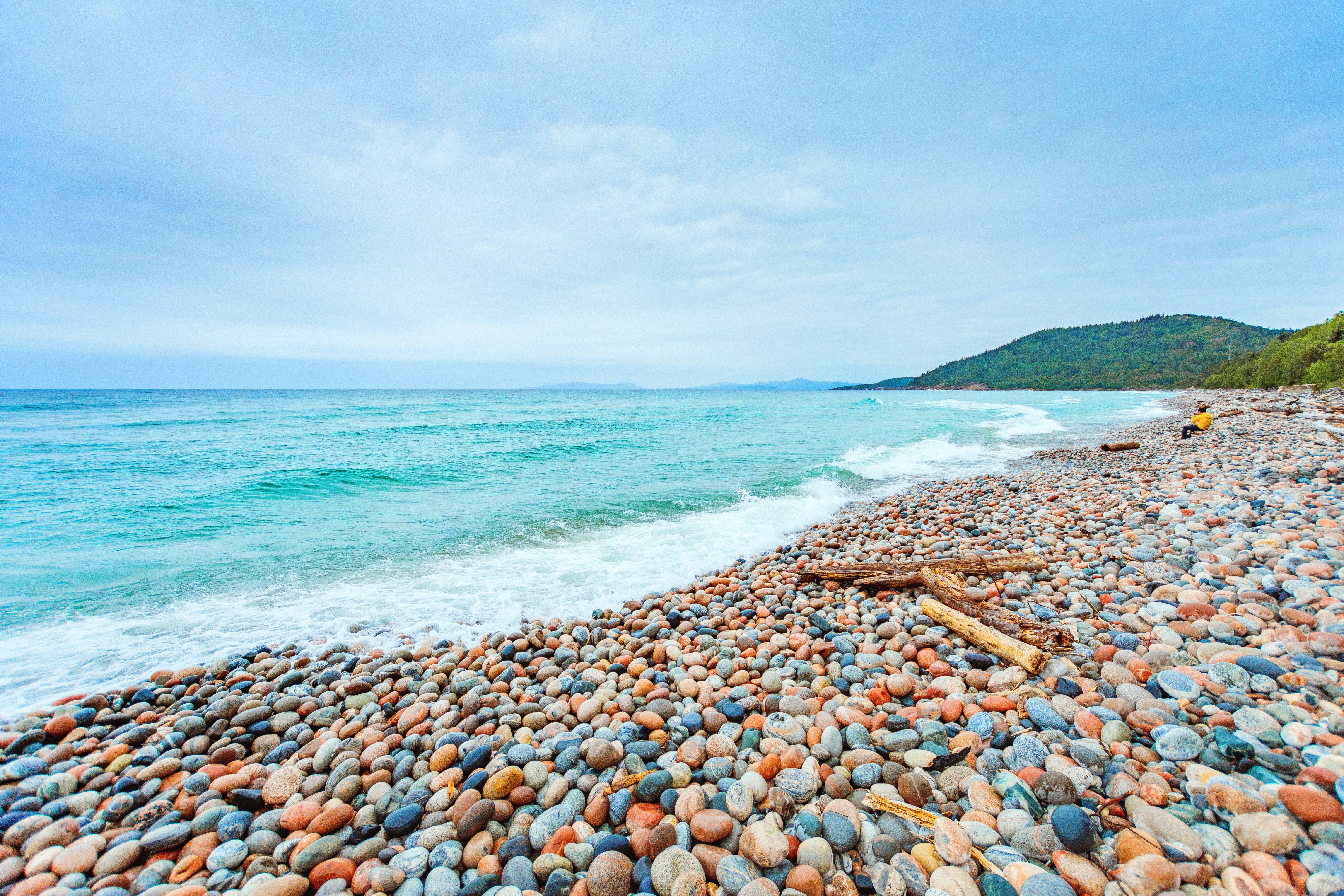
Superior Country stretches along the northern shores of Lake Superior, from Thunder Bay to White River. Known for its rugged natural beauty, this region offers a plethora of outdoor activities, including hiking, camping, fishing, and exploring provincial parks. It is a haven for adventure seekers, offering challenging terrain, gorgeous waterfalls, and remote wilderness perfect for solitude and stargazing, wildlife viewing, rock climbing and backcountry camping. The Trans-Canada Highway (Highway 17) runs through the region, offering one of the most scenic drives in Canada with stunning views of Lake Superior’s coastline.
Key cities include Thunder Bay, the largest urban center, which offers a vibrant arts scene and proximity to attractions like Sleeping Giant Provincial Park and Kakabeka Falls. Nipigon and Terrace Bay are known for outdoor recreation and scenic locations along Lake Superior. Schreiber and Marathon, with their rich railway and mining histories respectively, also provide access to trails and parks. Red Rock, with its marina and festivals, celebrates local culture and history, making each town a unique hub for exploration.
Northern Ontario's regions each offer something unique, from tranquil wilderness retreats to rich cultural experiences, making it a diverse and captivating destination.
For more information about getting to and travelling in Northern Ontario, check out these resources:
How to Get to Northern Ontario
Crossing the Border from the U.S to Canada

